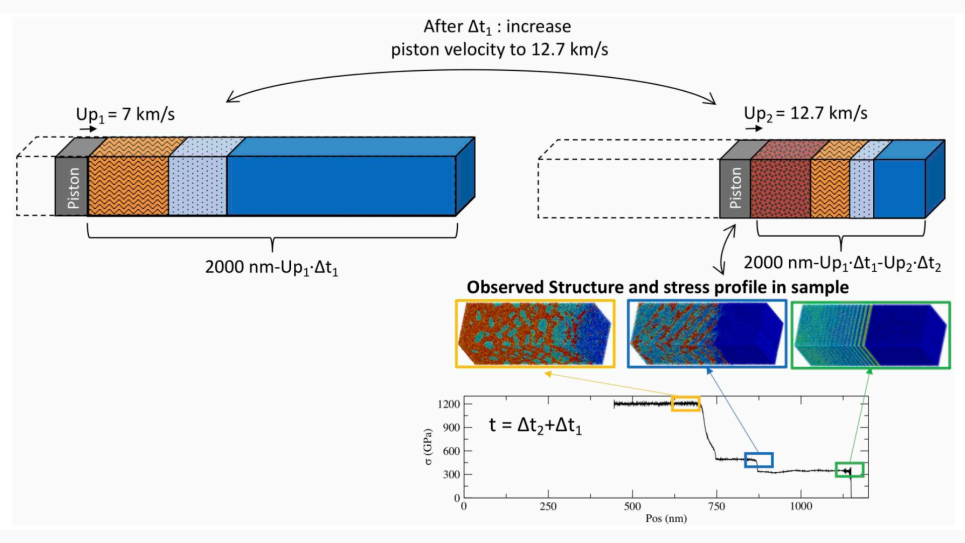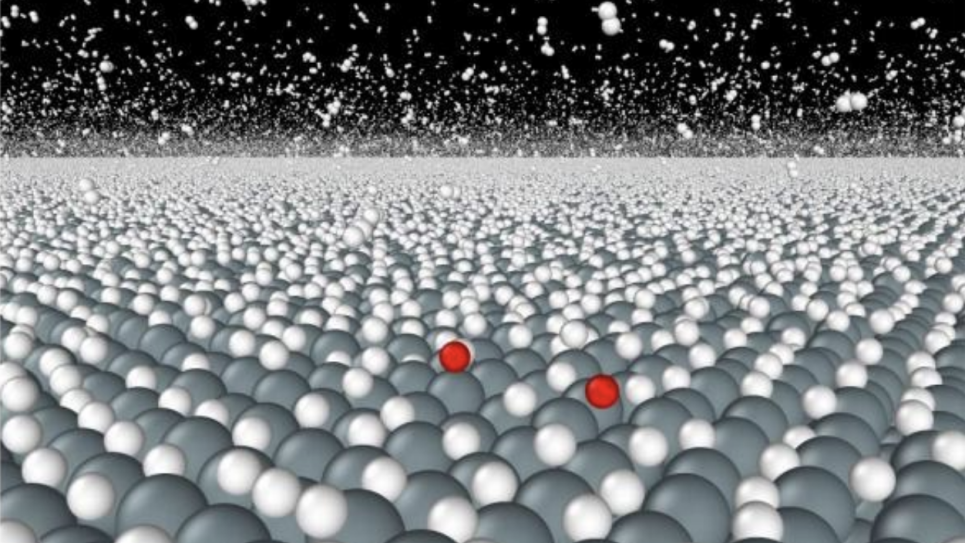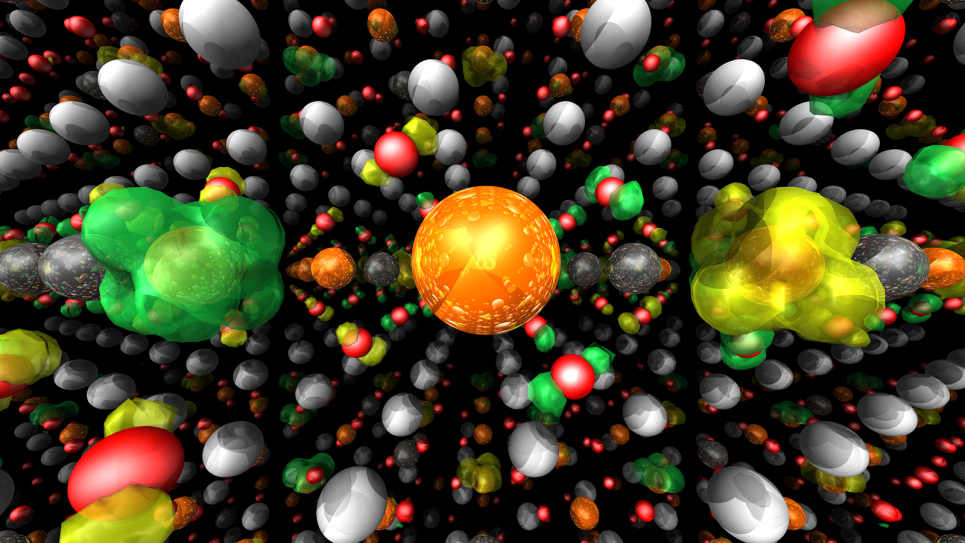A rechargeable lithium-air (Li-air) battery can potentially store five to ten times the energy of a lithium-ion (Li-ion) battery of the same weight. Realizing this enormous potential presents a challenging scientific problem that requires the development of new electrode materials and electrolytes. Researchers continue to conduct ab initio density functional theory and classical molecular dynamics simulations to help address this problem by providing insight, not possible to glean from experiment, into electrochemical nucleation and growth processes.
A portion of this INCITE allocation will go toward the study of novel solid-state electrolytes with the goal of developing a material that potentially could replace liquid electrolytes. Solid-state electrolytes are extremely stable to chemical oxidation, have a Li-ion mobility comparable to liquid electrolytes, and produce almost zero electronic conductivity. The most promising solid-state conductor thus far is the zirconium-containing, garnet-like lithium-lanthanum-oxide.
Current project milestones are connected to the modeling of the crystallization process. Understanding the formation origins, or nucleation, of these structures is crucial to the development of Li-air batteries. Researchers will address the debated problem of lithium peroxide nucleation by combining large-scale molecular dynamics simulations with an optimized classical force field to understand the driving force behind its formation.
The Li-air project is also considering metal nanoparticles, such as silver, as catalysts for electrodes. Studies have shown that the small clusters easily activate, or break up, oxygen to boost chemical reactions. Metal nanoparticles have been shown to significantly affect the morphology of the discharge product and reduce the charge over-potential of Li-air batteries.


